How to Train a Cat to Use the Litter Box
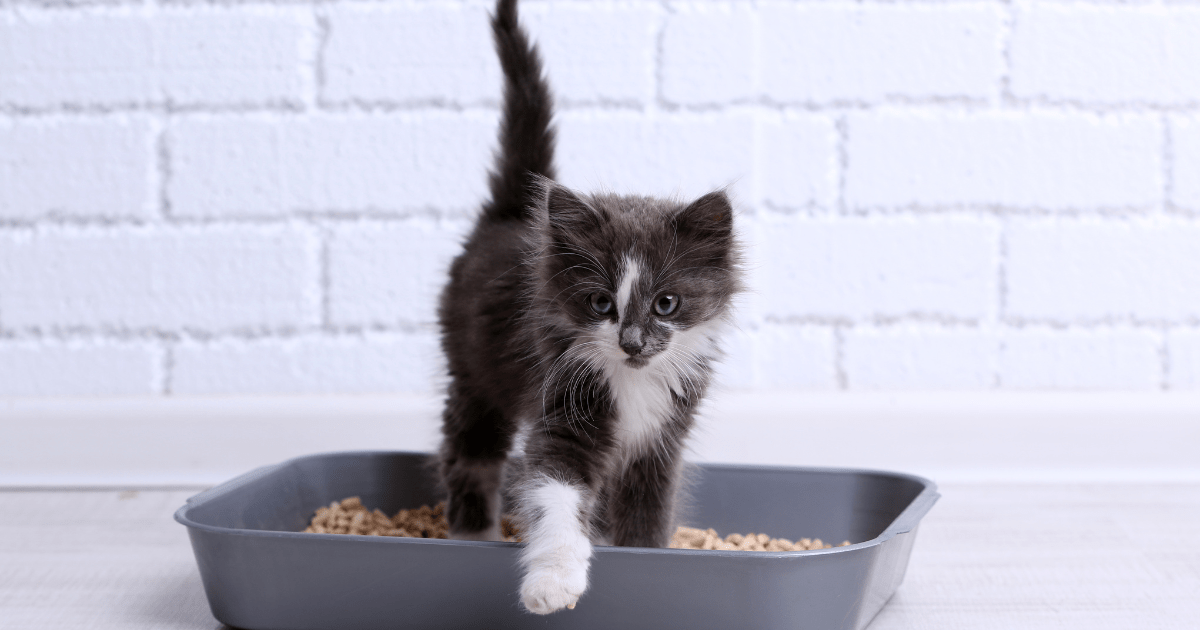
Introduction:
Litter training your cat can feel like an overwhelming task, especially for first-time cat owners. You may have seen videos of perfectly behaved cats using the litter box without a hitch, and you might think, “Why is my cat not getting it?!” But don’t worry—you’re not alone! Whether you’ve adopted a playful kitten or a more stubborn adult cat, litter training is something almost every cat owner faces at some point. The good news is that it’s entirely possible to train your cat to use the litter box without the stress and hassle. In this guide, we’ll walk you through everything you need to know—from why litter training can be tricky, to troubleshooting common issues, and even making the process fun! Let’s dive in and make litter training a breeze for both you and your feline friend!
1. Why Litter Training Can Be Tricky and How to Train a Cat to Use the Litter Box with Ease
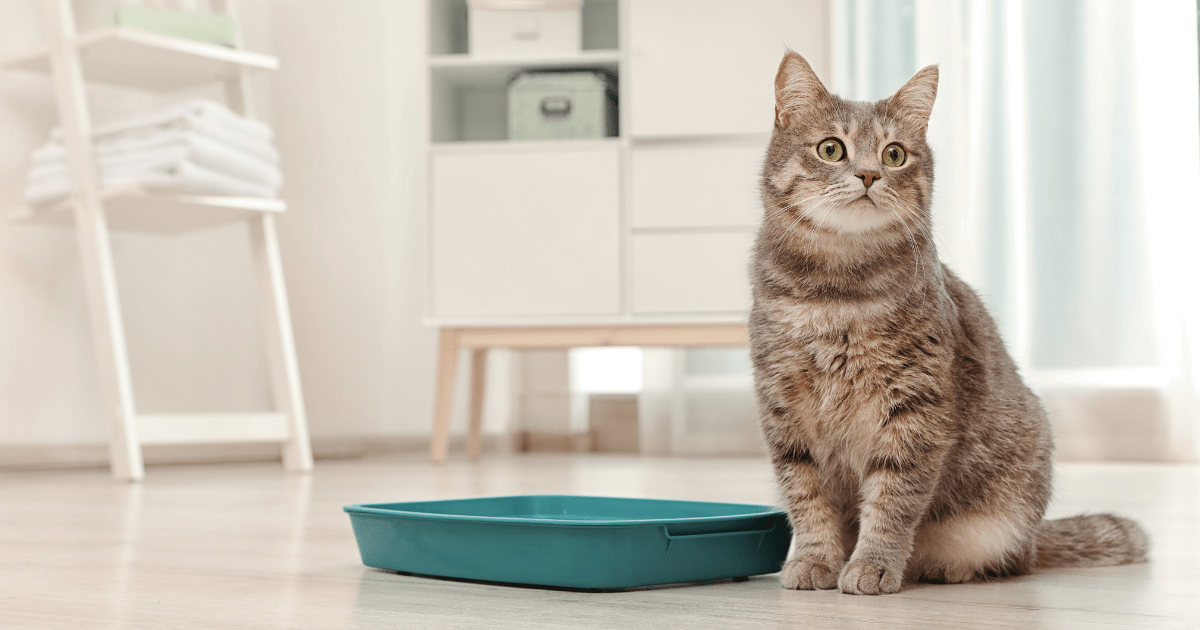
Litter training isn’t as simple as it seems! While most cats instinctively understand the concept of a litter box, there are plenty of reasons why some may struggle with the process. Let’s explore the common challenges that can make litter training trickier and how you can navigate them.
Why Litter Training Can Be Tricky
- Different Temperaments: Just like people, cats have their own personalities. Some are quick learners, while others can be stubborn or easily stressed by changes in their environment.
- Health Issues: Sometimes, a cat’s refusal to use the litter box could be due to an underlying medical issue, such as urinary tract infections (UTIs), constipation, or kidney disease. Always rule out health problems before assuming behavioral issues.
- Environmental Factors: The location, cleanliness, and type of litter you use can significantly affect your cat’s willingness to use the box. If the box is in a noisy, hard-to-reach spot, your cat might avoid it.
- Previous Experiences: Cats who were not properly litter-trained as kittens may have bad habits that are harder to break later in life. Adult cats may need more patience and consistency to develop proper litter habits.
How to Train a Cat to Use the Litter Box with Ease
- Patience is Key: Every cat is different. Some will catch on quickly, while others will need extra time and encouragement. Be patient and understanding as your cat learns.
- Consistency is Critical: Establish a daily routine for your cat’s litter box use. Cats thrive on routine, and consistency will help them build the habit.
- Positive Reinforcement: Use treats, praise, and affection as rewards when your cat uses the litter box. This encourages them to repeat the behavior.
By understanding the challenges and being prepared to tackle them, you can create a smoother, stress-free litter training experience.
2. Essential Supplies You’ll Need to Successfully Train a Cat to Use the Litter Box
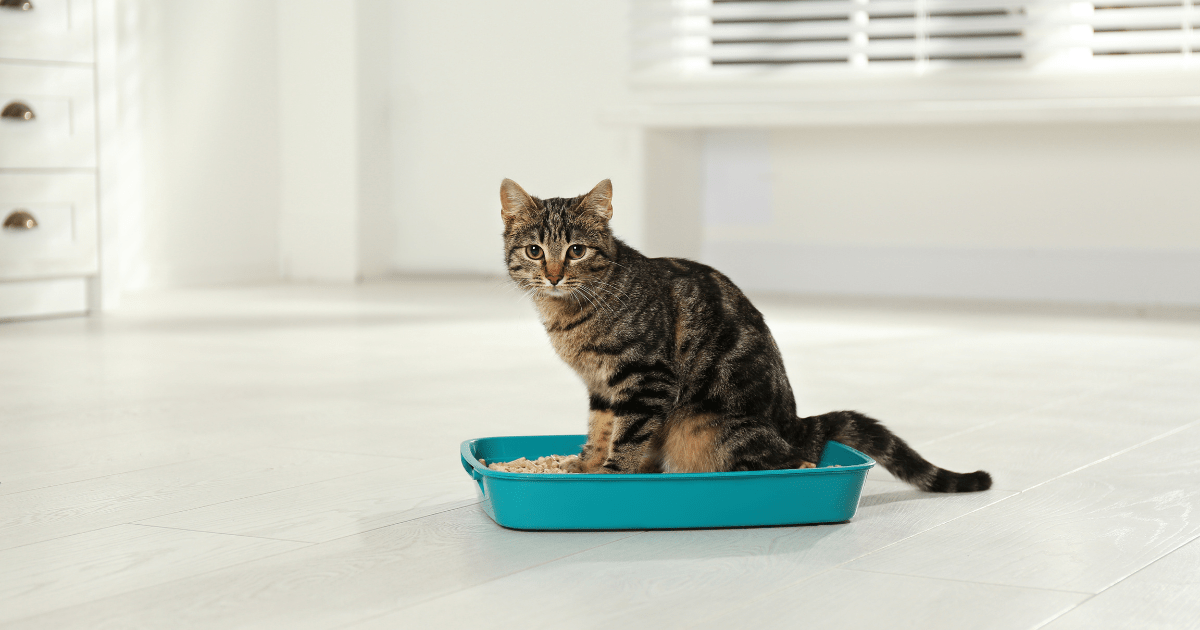
Before you start litter training, it’s essential to have the right tools at your disposal. The right supplies can make a big difference in your cat’s training success.
Litter Box Options
- Size and Style: Make sure the litter box is the right size for your cat. It should be large enough for them to move around in comfortably. Some cats prefer an open box, while others feel more secure in a covered one.
- Type of Litter: There are several types of litter available—clumping, non-clumping, natural, and silica gel. Experiment with different types to see what your cat prefers.
- Litter Box Liners: Liners can make cleaning easier, but not all cats like them. Test out whether your cat will accept a lined box before committing.
Location Matters
- Quiet, Accessible Spot: The litter box should be placed in a quiet, easily accessible area. Avoid placing it in high-traffic spots or near loud appliances like washing machines.
- Multiple Boxes: If you have multiple cats, it’s a good idea to have one litter box per cat, plus an extra. This helps reduce territorial issues.
Cleaning Supplies
- Scoop and Pooper Scooper: Keeping the litter box clean is essential for training. A scoop is necessary to remove waste regularly, which helps prevent odors and keeps your cat interested in using the box.
- Disinfectant: A cat-safe disinfectant will keep the box fresh and clean. Avoid strong-smelling cleaning products that may deter your cat from using the box.
These supplies will help set your cat up for success as they learn how to use the litter box consistently and comfortably.
3. How to Train a Cat to Use the Litter Box: Step-by-Step Instructions for New Owners
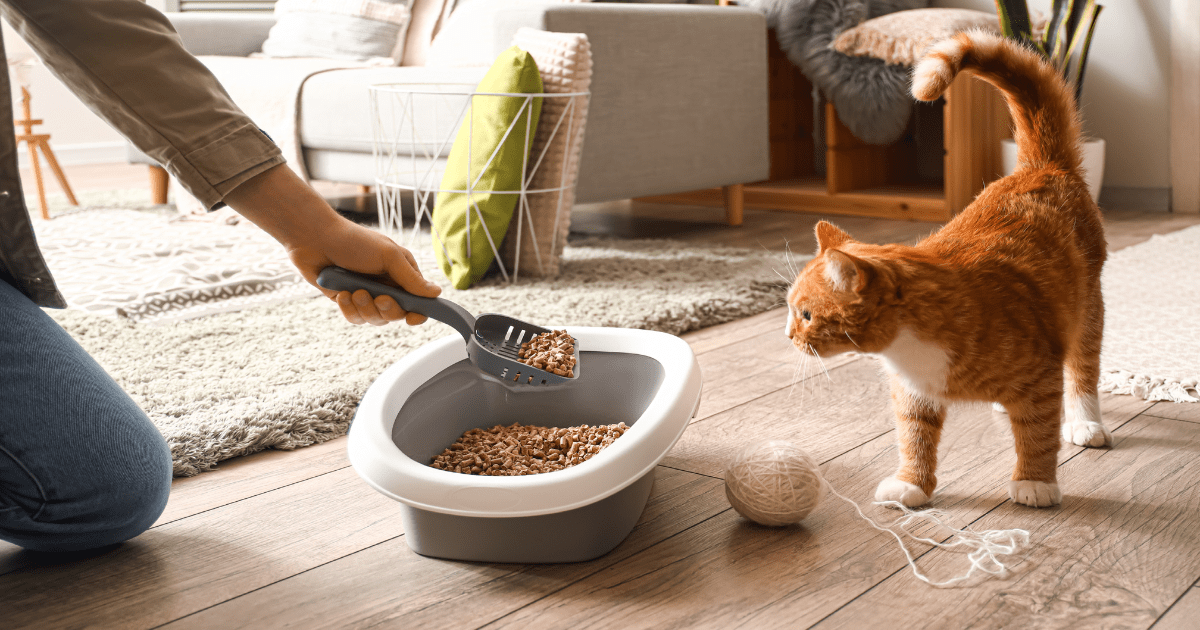
Training your cat to use the litter box doesn’t have to be stressful—it can actually be a fun bonding experience for you and your feline friend! Follow these easy steps to get started:
Step 1: Choose the Right Location and Litter Box
Place the litter box in a quiet, accessible spot. Make sure it’s not too far from your cat’s food and water, as cats prefer to keep their eating and bathroom areas separate.
Step 2: Introduce the Litter Box
Once your cat is familiar with the location, gently place them in the litter box. Most cats have an instinctual understanding of what to do, but some may need a little encouragement. Gently scratch the litter with your fingers to show them what it’s for.
Step 3: Consistent Reinforcement
Every time your cat uses the litter box, offer praise or a treat. Positive reinforcement is key to helping your cat connect the behavior with a reward. If your cat doesn’t immediately use the box, don’t punish them—it’s important to be patient and understanding.
Step 4: Clean Regularly
Clean the box at least once a day to keep it fresh. Cats are fastidious animals, and a dirty box can lead them to avoid using it. Scoop out waste, and replace the litter regularly to maintain a clean environment.
Step 5: Gradual Adjustments
If you need to move the box, do so gradually. Sudden changes can confuse your cat and make them reluctant to use the box. Move it a few inches each day until it’s in the desired location.
By following these steps, your cat will be on the path to successful litter box training!
4. Troubleshooting Common Issues: How to Train a Cat to Use the Litter Box When Things Aren’t Going Well
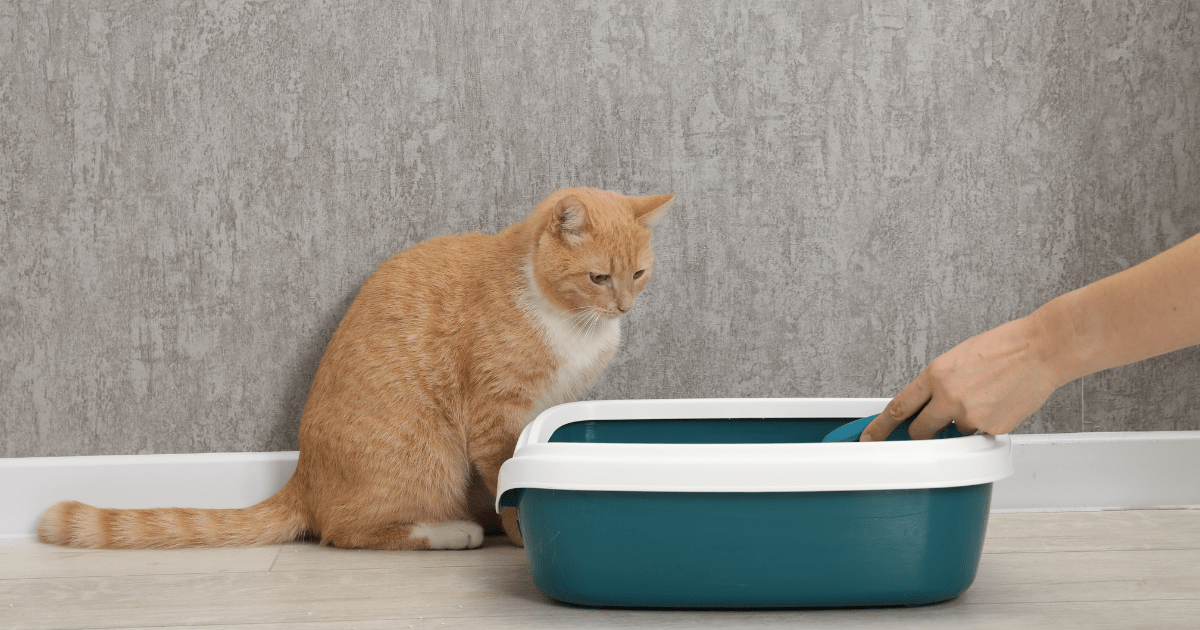
Sometimes, things don’t go as smoothly as planned. If your cat is refusing to use the litter box or is having accidents elsewhere, don’t worry—it’s common, and there are ways to resolve it.
Issue 1: Cat Avoiding the Litter Box
- Check for Health Issues: If your cat is avoiding the box, it could be due to health problems like a urinary tract infection. A visit to the vet can rule out any medical concerns.
- Addressing Stress: Cats can be sensitive to changes in their environment, such as new people, other pets, or a different type of litter. Try to minimize stressors and give your cat time to adjust.
Issue 2: Litter Box Aggression or Territorial Behavior
- Multiple Boxes: If you have multiple cats, ensure you have enough litter boxes. Cats may avoid using a box if another cat is already occupying it.
- Cleanliness: A dirty litter box can deter your cat from using it. Make sure the box is scooped daily and thoroughly cleaned on a regular basis.
Issue 3: Cat Continues to Have Accidents
- Revisit the Basics: Ensure you’re consistently rewarding your cat for using the litter box and keeping it clean. If accidents continue, consider moving the box to a quieter or more private location.
By troubleshooting these common issues, you can get back on track and restore your cat’s litter box habits.
5. Making Litter Training Fun: How to Train a Cat to Use the Litter Box Without Stress
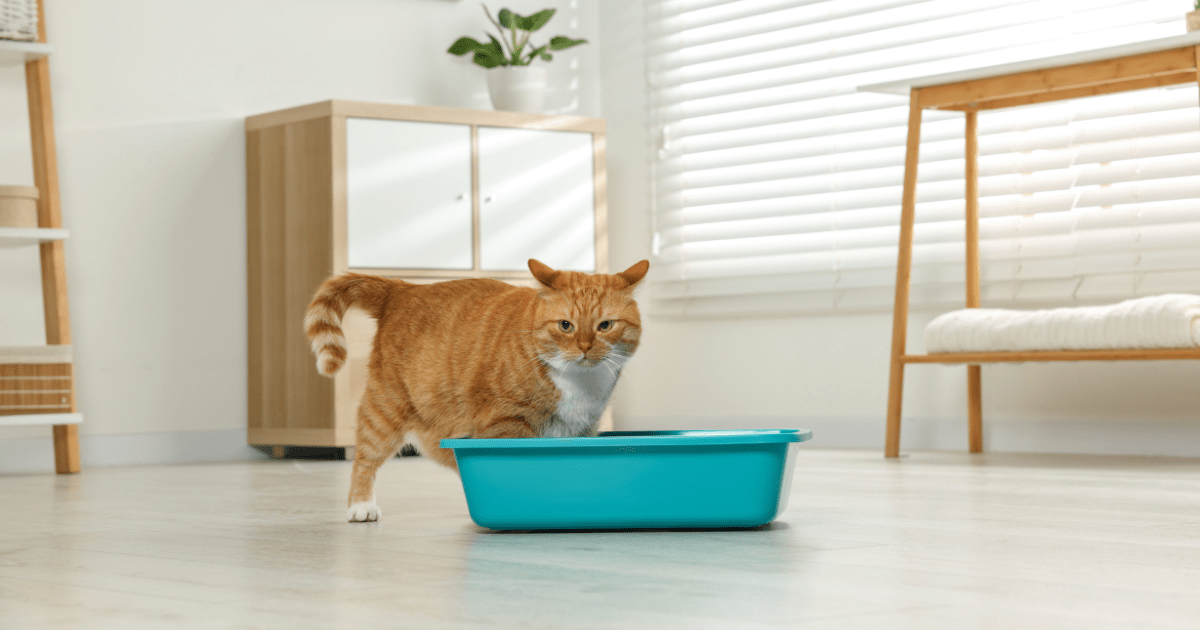
Litter training doesn’t have to be a stressful process for either you or your cat. In fact, you can make it enjoyable by incorporating play and rewards into the training process.
Create a Fun Environment
- Incorporate Playtime: Use toys or treats as part of the reward system. Play with your cat near the litter box to make it feel like a positive space.
- Avoid Negative Reinforcement: Never punish your cat for accidents. Cats don’t respond well to negative reinforcement, and it can make them anxious about the litter box.
Celebrate Small Wins
- Gradual Progress: Celebrate every success, no matter how small. If your cat uses the box, even just once, reward them with a treat or extra playtime. This reinforces the behavior in a fun and positive way.
Stay Patient and Consistent
- Enjoy the Journey: Litter training can be a bonding experience. Enjoy the process and celebrate your cat’s progress, no matter how long it takes.
Conclusion
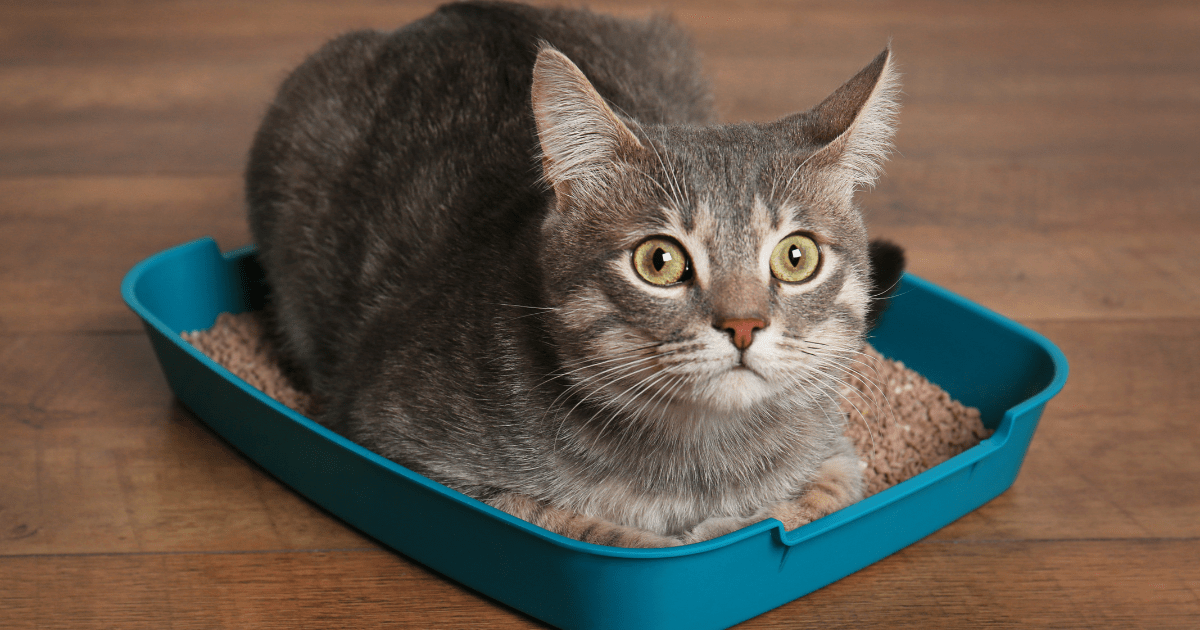
Litter training doesn’t have to be a source of stress for you or your cat. By setting up the right environment, using patience and consistency, and troubleshooting common issues along the way, you’ll have your cat using the litter box like a pro in no time. Remember, every cat is different, so be kind to your feline friend and enjoy the process together.
For more information, visit https://thepawshub.com/.